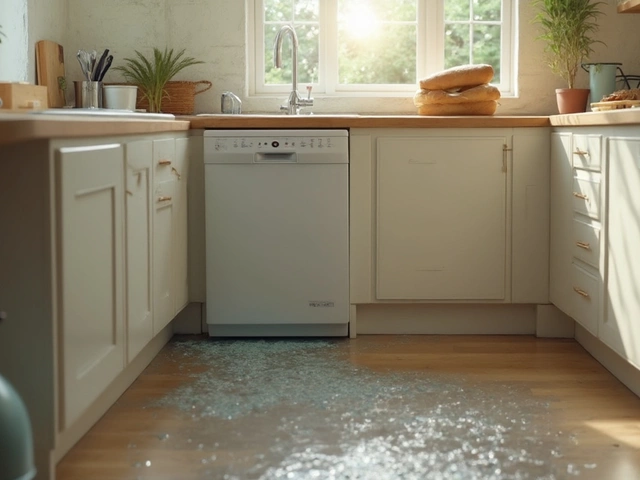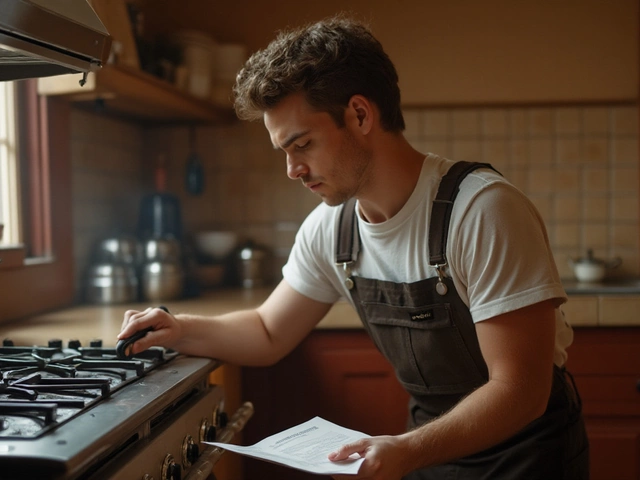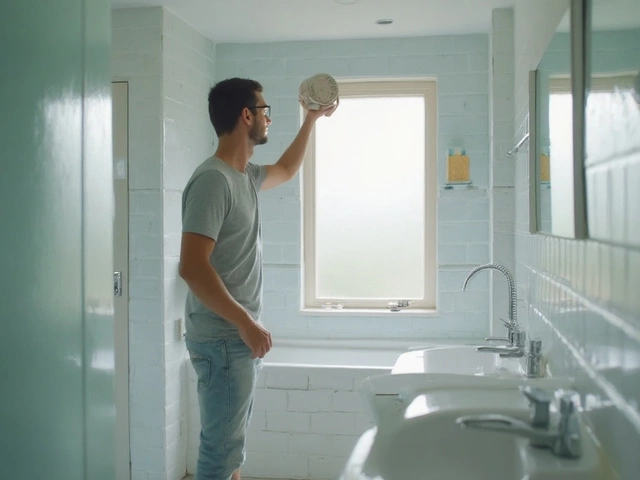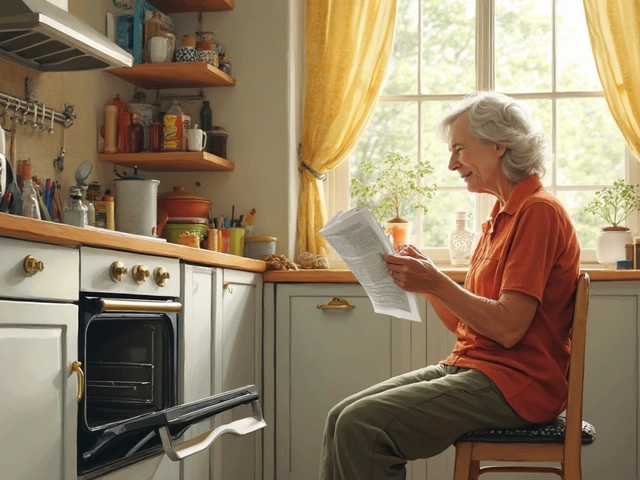Got a stove that won’t heat, flickers, or shows weird error codes? You’re not alone. Most kitchen burners and ovens develop the same few problems over time. The good news is you can often sort them out yourself without calling a pro.
First, write down exactly what’s happening. Is the whole stove cold or just one burner? Does the oven turn on but stay cool? Is there a buzzing sound or a tripped breaker? Knowing the exact symptom narrows the possible causes and saves you time.
For electric hobs, the most frequent complaint is a burner that won’t heat. This usually points to a failed heating element, a loose connection, or a broken control switch. For gas stoves, look for uneven flames or a smell of gas – those are safety alerts that need immediate professional attention.
1. Power supply: Verify the stove is plugged in and the outlet works. Test the outlet with a lamp or a multimeter. If the breaker has tripped, reset it and see if the stove powers up.
2. Reset the appliance: Some modern stoves have a reset button or a simple power‑cycle method – turn the stove off, unplug for a minute, then plug back in.
3. Check the knobs: On older models the knob may be loose or worn. Turn it to various positions to see if the heat changes. A stuck knob often means the underlying switch is faulty.
4. Inspect visible parts: Look for cracked glass, burnt spots, or debris on the burners. Clean any food residue with a soft cloth and mild detergent. A dirty burner can cause uneven heating.
Burner won’t heat: Remove the burner coil (usually a clip or screw). Test it with a multimeter – you should see continuity. If the coil reads open, replace it. Replacement coils are inexpensive and come with simple step‑by‑step guides.
Oven not heating: The oven’s heating element can fail just like a hob coil. Unscrew the element, pull it out, and test for continuity. If it’s dead, order the correct replacement part (note the make and model) and install it the reverse way you removed it.
Control panel issues: If the digital display flashes or the oven won’t start, the control board may be at fault. Try resetting the unit first; if the problem persists, a qualified technician should handle the board replacement.
If you smell gas, hear a hissing sound, or the stove shows signs of electrical burnout (charred wires, scorch marks), stop immediately and call a licensed electrician or gas engineer. Safety comes first – DIY is great for simple parts, but gas leaks and major electrical faults need a pro.
Also, if you’ve tried the above checks and the stove still won’t work, it could be an internal thermostat or a wiring issue hidden behind the panels. These problems require a professional’s tools and knowledge.
By following these steps, you can often pinpoint the issue and decide whether a quick part swap will do the trick or if you need expert help. Remember, a well‑maintained stove lasts longer and saves you money. Happy cooking!

Discover the workings of a hob, a crucial kitchen fixture that often gets overlooked until it malfunctions. Learn the common issues that can affect its performance and get handy tips on basic repairs and maintenance. Whether you're dealing with burner problems or electrical faults, this guide provides practical advice to keep your hob in top shape. Understand the typical lifespan of these appliances and how to extend it through regular care.

Dishwashers are a staple in modern kitchens, but they often face common issues. So, what's the most frequent problem users encounter? This article dives into typical faults like drainage issues and proposes practical solutions. Understand why your dishwasher might not clean effectively and learn simple DIY fixes to keep it in top shape. By addressing these issues, you'll ensure your dishwasher runs smoothly for years to come.

Unravel the mysteries of oven troubles with a comprehensive guide that walks you through common issues and their solutions. From unexpected cold spots to issues with heating elements, this article explores practical approaches to diagnosing and fixing your oven. Learn about signs to watch out for, potential tools needed, and tips to maintain your oven's optimal performance. Perfect for homeowners who want to save a little cash and feel empowered to tackle minor repairs before calling in the professionals. This guide makes oven repair accessible and doable for the average person.

Nobody wants to deal with a stuffy bathroom or smoky kitchen, but if your extractor fan isn’t working, that’s exactly what you’ll get. This article shows you how to check if your extractor fan is doing its job or just taking up space. From simple power checks to quick airflow tests, you’ll learn hands-on methods anyone can use—no tech wizardry needed. Expect practical tips, a couple of helpful tricks, and signs that tell you when it’s time to call an expert. Don’t let stale air hang around: let’s figure out what your fan is up to.

Extractor fans are crucial for maintaining fresh air and reducing humidity in various parts of a home. When these fans malfunction, it's important to know who to call for repairs. This article guides homeowners on how to find reliable extractor fan repair services. We'll look at why professional help is essential and what to consider when selecting a repair technician.

Thinking about swapping out your electric oven? This article covers how tough the job really is, where people usually get stuck, and what you actually need to know. We break down what tools you really need, what pitfalls you can avoid, and when you should probably call someone who’s done it before. Get ready for straight talk—no tech jargon, just real advice for regular folks. Whether you DIY or call a pro, you’ll walk away ready to make a smart decision.